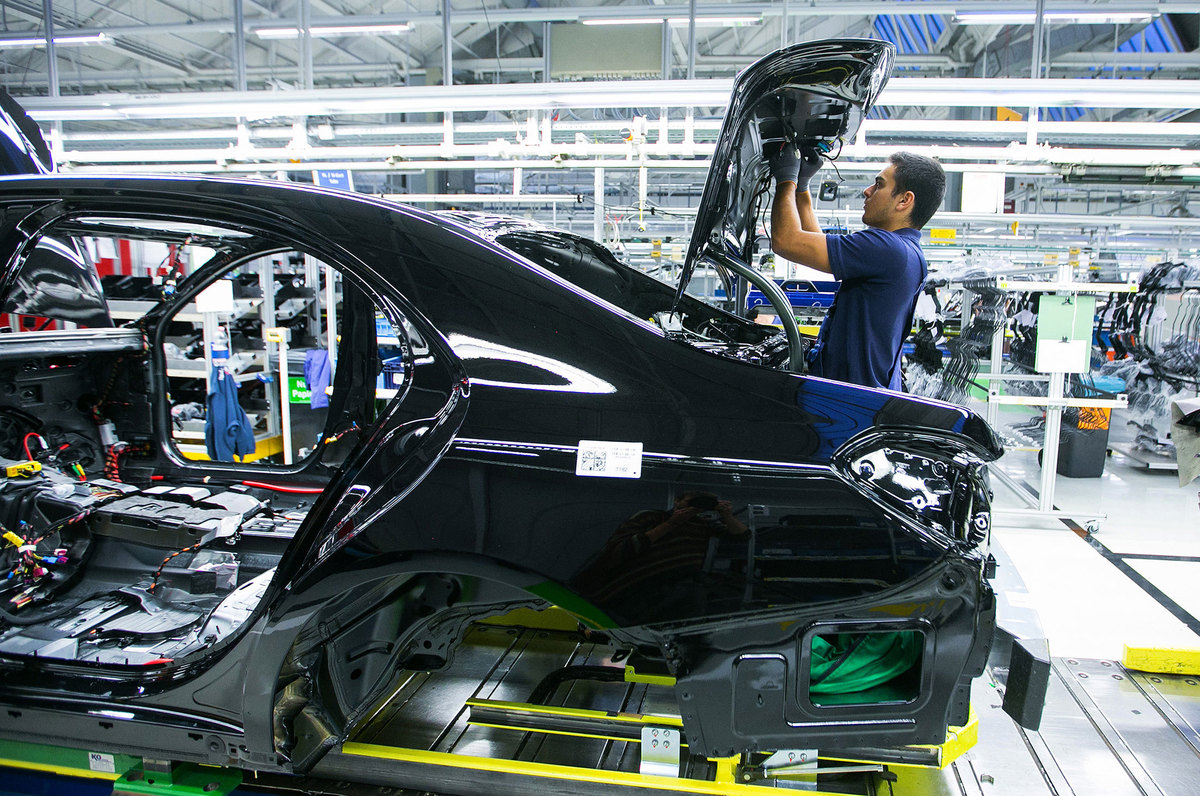German automobile manufacturer Mercedes-Benz has begun replacing robots on its assembly line with people. The robot workers aren’t always able to handle the complexity of individual tasks and often take longer to reprogram for a new model. The company has deemed human beings more adaptable, and workers are being brought in to replace robots at production jobs in the Mercedes-Benz factory in places where there is an increasing number of part options.

Robots excel at repeating the same task over and over, such as lifting a piece of stamped metal and bonding it to another piece, and placing it in the finished parts bin. They also outshine humans in areas of the factory with hazardous parts, such as spray paint booths, as it involves laying down the same amount of paint in the same pattern each time and they are unaffected by the fumes.
When you purchase a vehicle, the manufacturer often reduces the complexity of options in a variety of packages, such as adaptive cruise control plus a sunroof and leather seat trim. But luxury automakers of Germany – Audi, BMW, and Mercedes – have tripled the models they offer since 1990 and have added more options that can be ordered either in a package or standalone. The number of options and complexity of the models is overwhelming for the robots, especially if they have to choose between rubber-covered versus metal versus ceramic.
“Robots can’t deal with the degree of individualization and the many variants that we have today. We’re saving money and safeguarding our future by employing more people,” said Markus Schaefer, the Mercedes-Benz head of production.
For tasks involving more skill, Mercedes has shifted to a new production line model as the reprogramming robots would take longer to produce. But the robots are not entirely being replaced: Sometimes a worker is paired with a machine helper, or smaller devices will replace bulkier robots.
For example, the head-up display going into the new E-class needs to be aligned. Previously, two robots used to complete the project, but now the task is being handled by either a worker or smaller, movable sensor device.
Mercedes has set a goal of cutting the hours spent assembling a vehicle in half – from 60 hours currently to 30 hours – which may require simplified methods, savvier workers, or more intelligent robots.
Source: ExtremeTech
Advertisement
Learn more about Electronic Products Magazine





